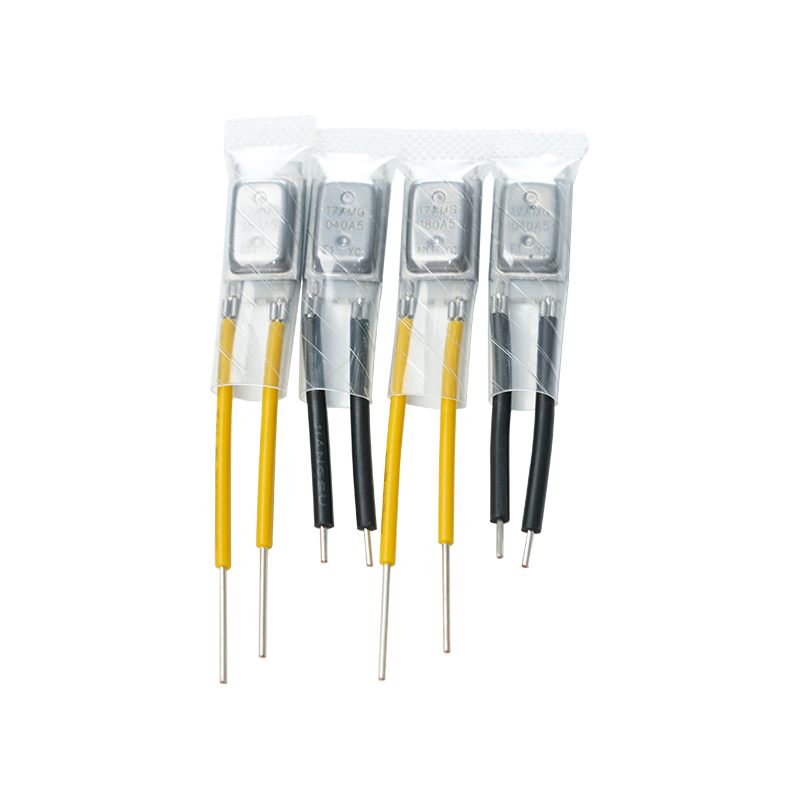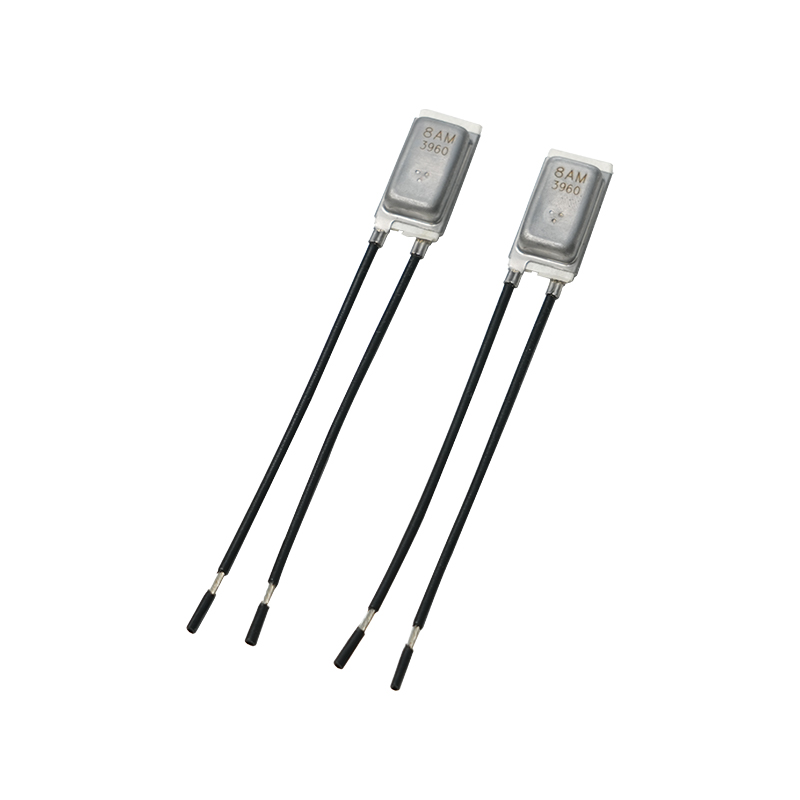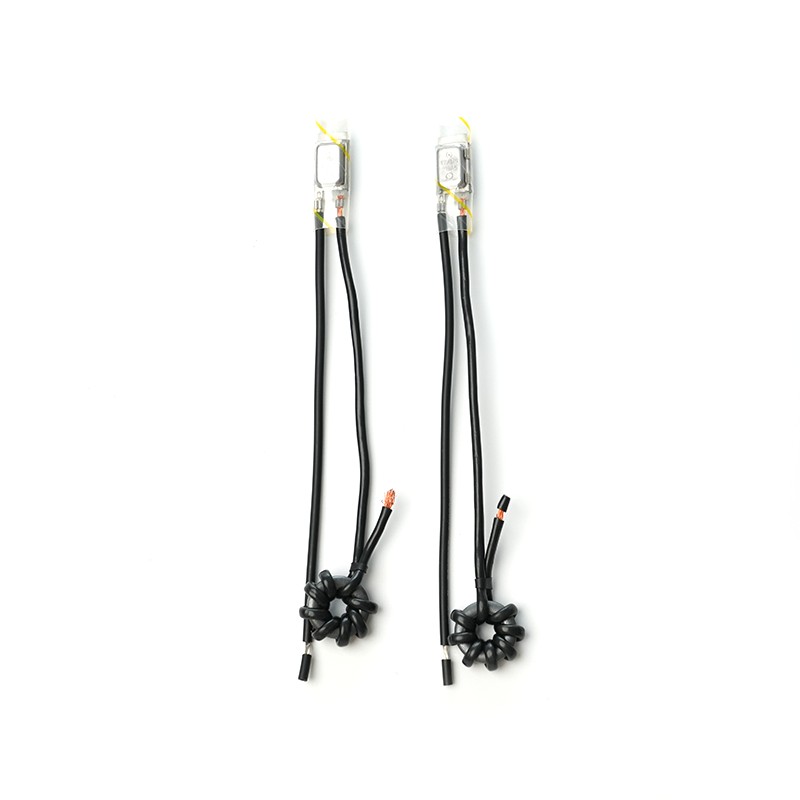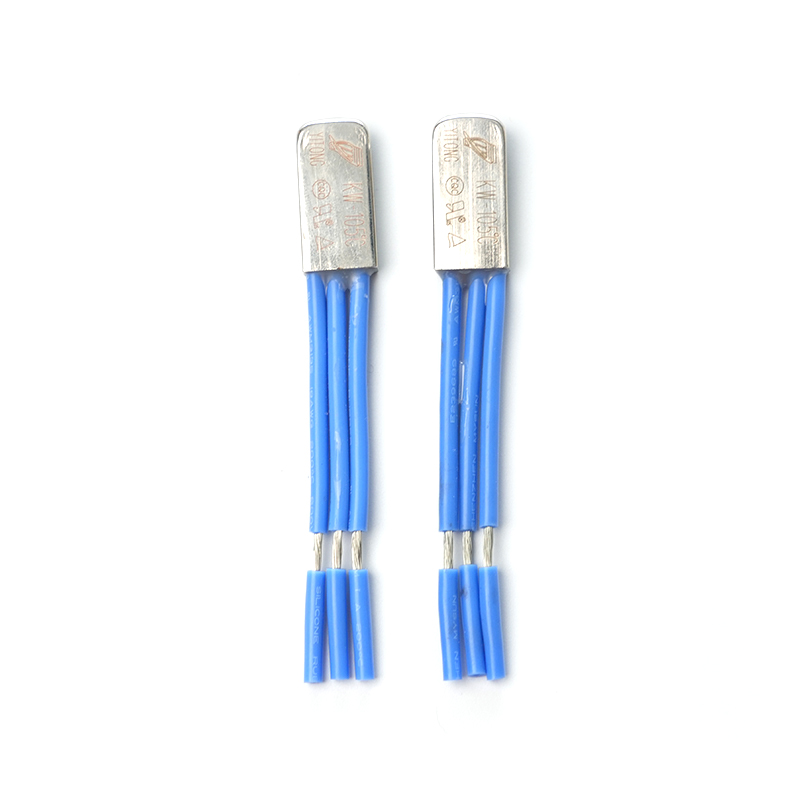What Is an AC Thermal Protector and Why Is It Essential for Electrical Safety?

In an era of increasing complexity in modern electrical and electronic equipment, thermal protectors have become an indispensable and important component, especially in AC systems. AC Thermal Protectors not only prevent equipment from overheating and damage, but also play a key role in ensuring user safety. So, what exactly is an AC Thermal Protector? How does it work? And why is it so important?
1. What is an AC Thermal Protector?
An AC Thermal Protector is a protective element installed in electrical equipment to detect current overloads and abnormal temperatures. It is commonly used in motors, compressors, transformers, household appliances and other equipment. When the operating temperature of the equipment exceeds the safety critical value, it will quickly disconnect the circuit and cut off the power supply to prevent the appliance from overheating or even catching fire.
It was originally designed to provide automatic, fast and reliable power-off protection when the equipment is operating abnormally, to avoid equipment burning and ensure system safety.
2. What is the working principle of AC Thermal Protector?
The core working mechanism of AC Thermal Protector is mainly based on the principle of **bimetallic strip**. When the electrical equipment runs for a long time or the current increases abnormally due to a fault, the temperature inside the equipment rises rapidly. The bimetallic strip expands due to heat, deforms and triggers the circuit breaker to cut off the power supply.
When the temperature drops to a safe range, the metal strip returns to its original state, and the protector closes the circuit again to restore the equipment to normal operation. This automatic reset or manual reset function makes AC Thermal Protector have good recoverability and reusability.
3. What are the main types of AC Thermal Protector?
According to different application requirements, AC thermal protectors can be divided into the following types:
1. Auto-reset type
This type of protector will automatically close the circuit after the temperature drops, which is suitable for small household appliances, such as fans, rice cookers, etc.
2. Manual-reset type
It requires manual button pressing to restart, which is suitable for equipment with high safety requirements, such as industrial motors or compressors.
3. One-shot type
When overheating, it will be permanently disconnected and cannot be reset. It is suitable for some scenarios that are extremely safe and cannot tolerate any fault recovery.
4. Built-in and external types
Some thermal protectors are embedded in the internal circuit board of the device (such as transformer protectors), while others are external to the device for easy detection and replacement.
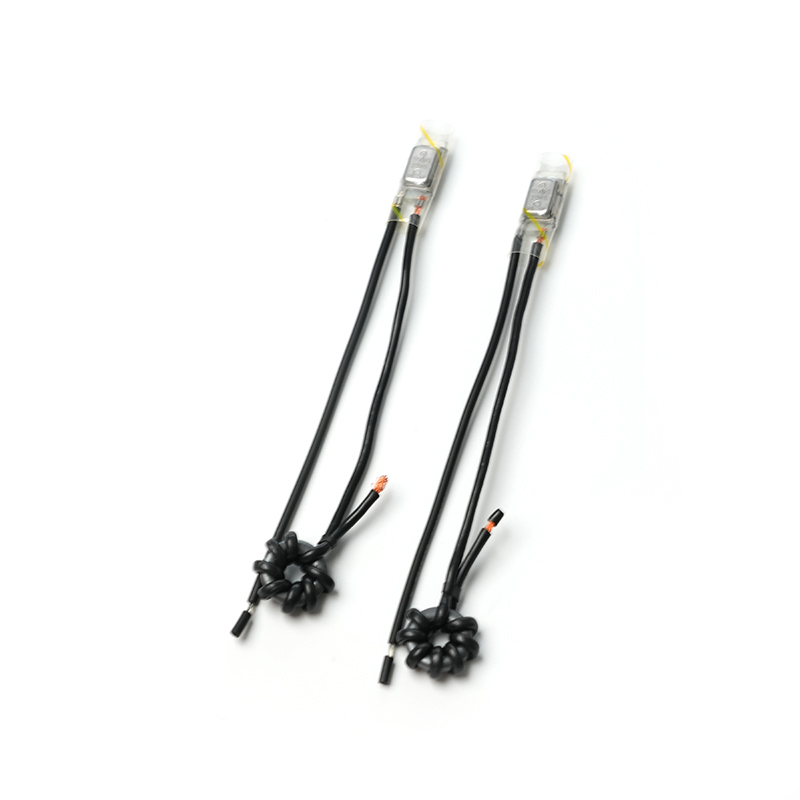
4. What are the main application areas of AC Thermal Protector?
Motor protection: prevent the motor from burning due to overheating under high load or stuck state.
Compressor protection: widely used in refrigeration equipment such as air conditioners and refrigerators.
Household appliances: such as hair dryers, electric kettles, electric blankets, induction cookers, etc.
Lighting equipment: such as energy-saving lamps, LED drivers, etc.
Power adapters and transformers: prevent internal windings from overheating and damage.
Industrial equipment and medical equipment: improve system stability and reliability.
5. Why is AC Thermal Protector so important in modern equipment?
1. Ensure user safety
Overheating may cause electrical fires. Thermal protectors can cut off power before danger occurs, which is an important barrier to user personal safety.
2. Extend equipment life
High temperature can damage components and insulating materials. Thermal protectors can reduce thermal damage and extend the service life of equipment.
3. Improve equipment stability
When a system fails, the thermal protector can respond quickly to avoid the expansion of the accident and improve the stability of the overall operation.
4. Meet regulations and standards
Many national electrical safety regulations require monitoring and protection of equipment temperature. AC Thermal Protector is an important means to achieve this requirement.
6. How to choose a suitable AC Thermal Protector?
The following key factors need to be considered when choosing a suitable AC thermal protector:
Rated current and voltage: ensure that they match the operating parameters of the equipment.
Action temperature: select the appropriate start-up and recovery temperature range.
Reset mode: select automatic, manual or one-time reset according to the application scenario.
Structural size: whether it is easy to install and integrate.
Response speed: the ability to respond to sudden temperature rise.
Certification standards: such as UL, VDE, TÜV, CCC, etc., to ensure that its quality is consistent with international standards.
7. What is the development trend of AC Thermal Protector?
With the development of intelligent manufacturing and the Internet of Things, AC Thermal Protector is also evolving towards a more intelligent, miniaturized, and faster response direction:
Intelligent thermal protector: integrated sensors and chips, can output alarm information through signals or connect to the control system to achieve remote monitoring.
Multifunctional integration: integrates thermal sensing, current monitoring, and automatic power-off.
Environmentally friendly material application: RoHS environmentally friendly materials are used to respond to green production needs.
High precision and long life: improve action accuracy, reduce false actions, and extend product life.
8. Frequently Asked Questions (FAQ)
Q1: What is the difference between AC Thermal Protector and fuse?
A: Fuses cut off power by melting in overcurrent conditions, usually for one-time use. Thermal protectors break circuits through temperature detection, can be automatically or manually reset, and can be used multiple times.
Q2: Will the thermal protector malfunction?
A: High-quality thermal protectors have a very low false trip rate, and their operating temperature and current are precisely calibrated, but low-quality products or improper installation may trigger them by mistake.
Q3: Can I replace the thermal protector myself?
A: Some external thermal protectors can be replaced by themselves, but it is recommended to be operated by professional technicians to ensure that the wiring is correct, safe and reliable.
Conclusion: AC Thermal Protector-Invisible "Guardian"
Behind various AC equipment, AC Thermal Protector silently guards the safety of equipment and users. It is small but critical, and is an indispensable "safety valve" in modern electrical systems. With the advancement of technology, future thermal protectors will be more intelligent and efficient, creating a more reliable and safer use environment for us.
Whether it is household appliances or industrial equipment, choosing a high-quality and suitable AC Thermal Protector is the most basic and important guarantee for safety.
 English
English